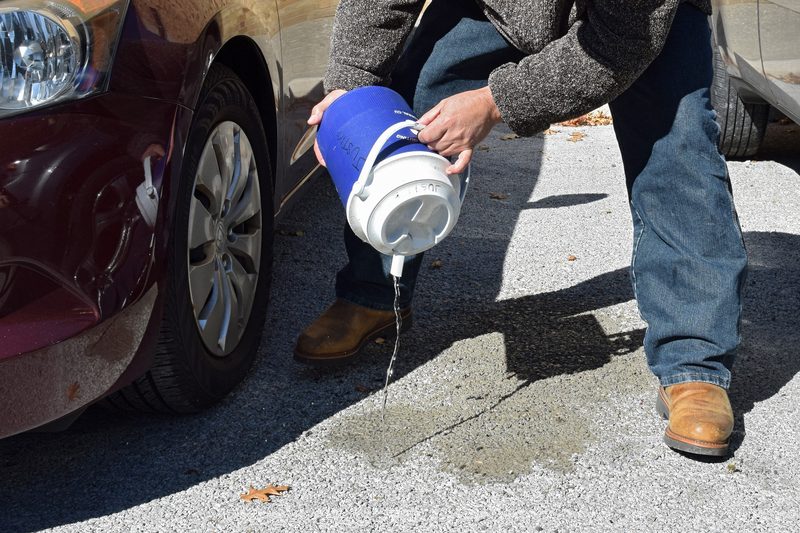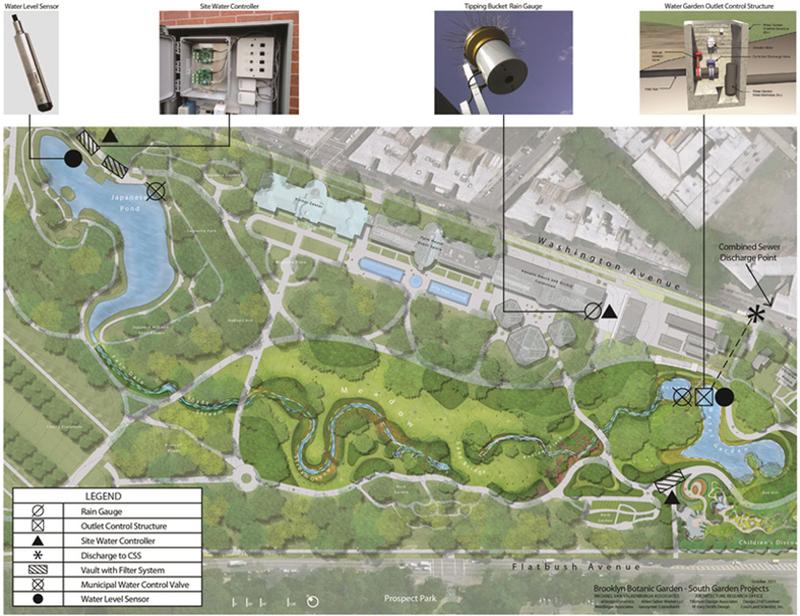While Sandy has inspired many big picture solutions in the three years since it hit New York, like ending global warning and moving away from the coastline, some engineers and builders have set out to change the little things that make up our urban environment. WNYC's All Things Considered Host Jami Floyd visited three sites around the city where people are looking toward new, and not-so-new technology that can help the next time a hurricane hits.
1. THIRSTY CONCRETE
Concrete is made up of gravel, sand and paste to stick all that rock together. Remove the sand and you are left with a surface that has lots of holes through which water can travel, instead of pooling on top.
"It gives you a texture like a Rice Krispie Treat," said Ken Justice, senior vice president of the Portland Cement Association. The city Department of Transportation has been testing it, but there are two disadvantages: it can't be used in swampy areas where the water table is so high that it has nowhere to seep down to; and certain de-icing chemicals can damage it.
2. VERY SOLID WALLS
About a decade ago, some builders began using "insulated concrete forms" as walls, instead of traditional timber or masonry walls. The forms are sandwiches made of a layer of concrete surrounded on each side by a slice of styrofoam. The foam provides insulation, while the concrete can withstand waves. Plus, since there's no wood or other organic material, the walls won't mold the way Sandy-damaged structures did. "Our experience is that it's comparable if not less expensive than bearing-wall systems," said Eric Bluestone of the Bluestone Organization, which is constructing replacement homes on Staten Island as part of the city's Build it Back program. (Even the Sheetrock is covered with fiberglass rather than paper.)
3. INTELLIGENT DRAINAGE
Even during heavy rainstorms, raw or partially treated sewage can be dumped into rivers and bays because the sewage treatment system cannot handle the volume. The Brooklyn Botanic Garden is testing out a new system that will predict when a big storm is coming so the garden can empty out its drainage pond beforehand, so it does not contribute to those combined sewer overflows.
"The same technology that's in the Botanic Garden allows for storm surge information to be combined with site-specific information to tell people, 'Hey, it's a great time to put sand bags at your back door,'" said Marcus Quigley, chief executive of OptiRTC, which has developed the technology.


